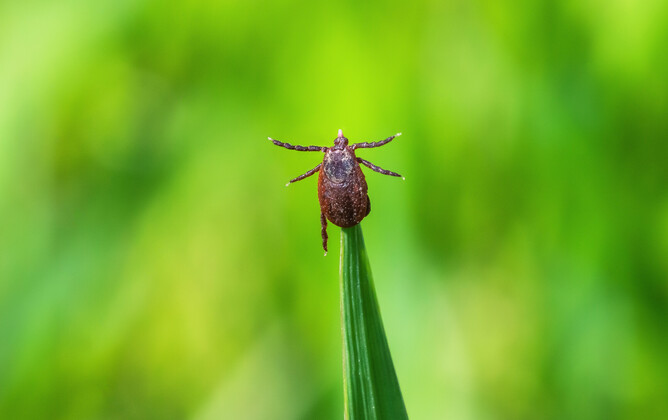Theileriosis is becoming an increasingly prevalent issue on New Zealand farms.
Caused by the blood-borne parasite Theileria orientalis, the disease is transmitted from cow to cow by ticks. Once inside the bloodstream, the parasite damages and destroys red blood cells, leading to anaemia.
Clinically, affected cows may show pale or yellow mucous membranes, lethargy, reduced appetite, loss of body condition, and a noticeable drop in milk production. In more severe cases, particularly among stressed or heavily pregnant animals, death can occur.
When risk is the highest
The greatest risk period is from spring through to autumn. This aligns with when ticks are most active due to warmer temperatures. Understanding these seasonal patterns helps guide preventative drenching and tick control programmes.
However, risk is also elevated during periods of stress for cattle, such as calving, weaning, and when they are moved to new areas, especially if ticks are present. Younger calves (2–3 months old) are most susceptible due to their developing immune systems.
Preventing the problem
While there’s no simple cure for Theileriosis, good management and preventative control can significantly reduce the risk and severity of outbreaks. Consider the following strategies:
Strategic tick control
Apply an effective tick treatment (such as a pour-on tickicide, like Bayticol) before known risk periods. Continue treatments at recommended intervals to break the tick life cycle. Bayticol works for 3-6 weeks and has no milk withhold.
Ticks are likely to be present all year around with our mild winters, however it’s easiest to plan tick treatment around the seasonal tick life cycle. Ticks are attached to a host (cattle, horses, sheep, rabbits) three times in their cycle – usually in spring, summer and autumn – for 7-14 days, the rest of the time they are hiding in the pasture, developing and moulting. Given this, the best time to apply tick treatment to cows is March and September.
Close monitoring
Keep an eye out for early signs of anaemia or ill-thrift. Blood testing can confirm infection and help guide management.
Stress reduction
Minimise transport, handling, and feed changes during high-risk times – stress compromises immunity and worsens disease outcomes.
Pasture management
Cultivating, topping or cross grazing can help limit tick populations by disrupting their life cycle.
We're in the greatest risk period right now. So, consider treating your stock with a tickicide today. As always, your KeyVet is available for a chat if you'd like further advice specific to your animals and farm.

